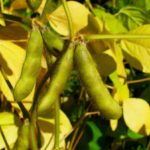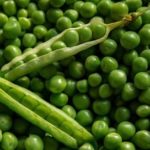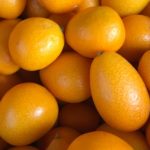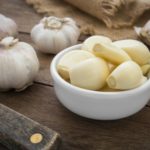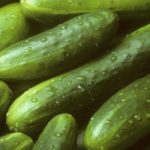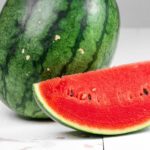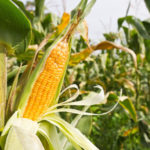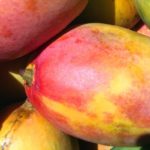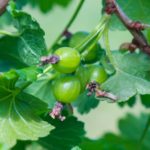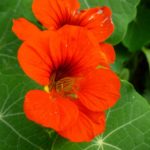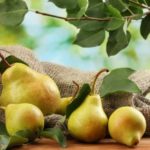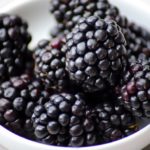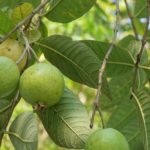9 interesting facts about cultivated plants
 Every year, new types of cultivated plants appear in the world. However, most of them come from ancestors cultivated a long time ago, which for hundreds and thousands of years have been carefully nurtured by breeders and botanists. But there are unique hybrids that appear as a result of experiments, and sometimes prove to be useful and viable.
Every year, new types of cultivated plants appear in the world. However, most of them come from ancestors cultivated a long time ago, which for hundreds and thousands of years have been carefully nurtured by breeders and botanists. But there are unique hybrids that appear as a result of experiments, and sometimes prove to be useful and viable.
Almost all of them consist mostly of water. In watermelons and melons, for example, it accounts for about 90%, and in cucumbers, up to 97%.
In such a well-known and popular cultivated plant as garlic, the sugar content is higher than in sugar beets.
Sometimes plants can be literally crossed again. For example, a branch of an apple tree can be grafted onto a pear tree.
The so-called paradise apples, small and very hard, are the ancestors of all cultivated plants related to apples. All apple trees were bred from them.
The Japanese brought square watermelons, because they take up less space than round or oval, and they are cheaper to transport.
Most often, new hybrids are derived from citrus plants.
Many cultivated plants cannot reproduce on their own, without human intervention. As an example, one can cite, for example, the varieties of watermelons and grapes that are seedless.
Various cereals, as well as legumes, became one of the first plants cultivated by man. Judging by archaeological finds, this happened around the 6th millennium BC. But figs are still considered the first cultivated plant – they began to grow them back in the 9th millennium BC.
If you cross a pineapple bred by a person, devoid of seeds, with its wild relative, the resulting hybrid will be viable. Moreover, he will have seeds and, accordingly, the ability to reproduce independently.
